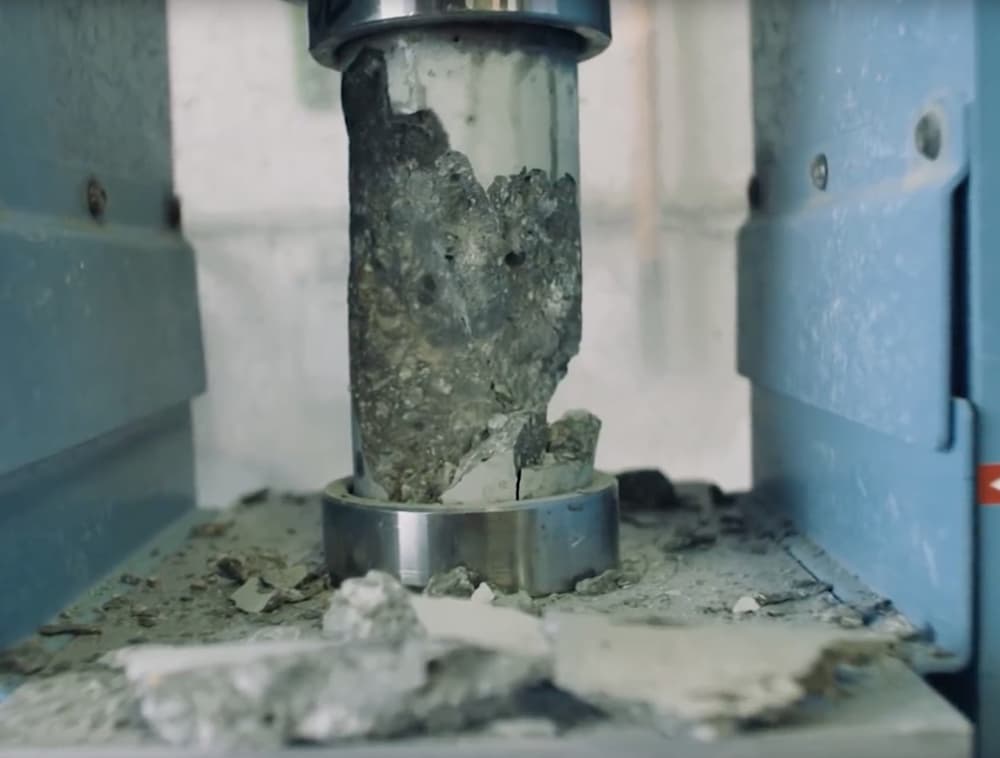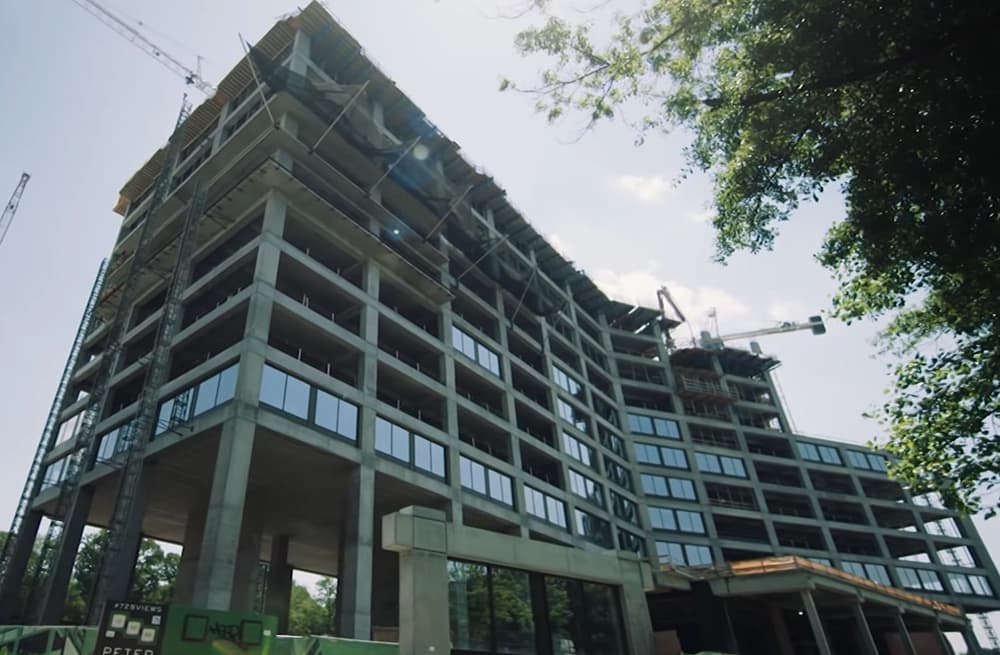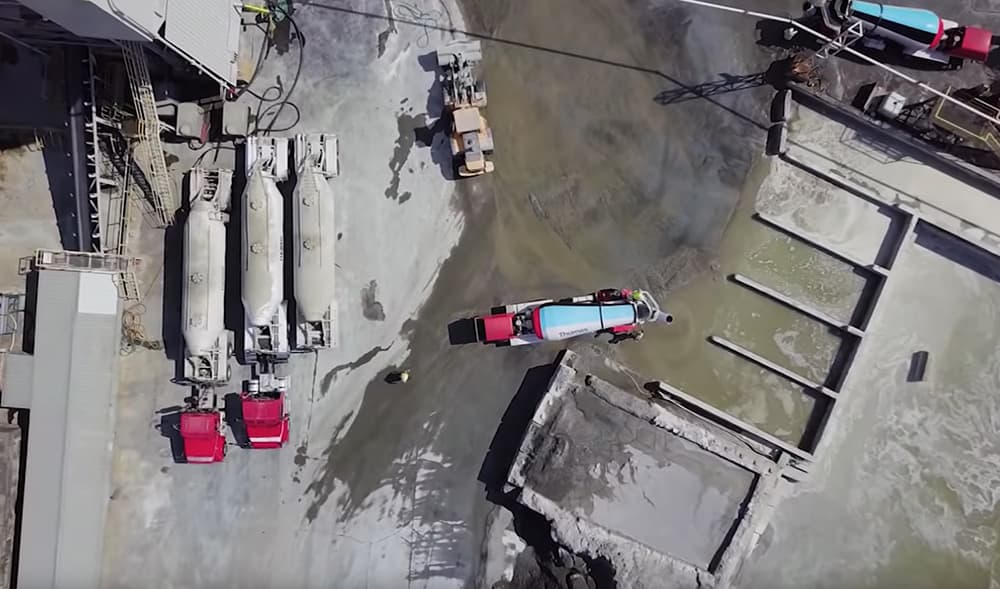The Concrete That Traps CO2 Emissions
- Youtube Views 324,577 VIDEO VIEWS
CONCRETE is the most widely used building material on Earth. Its use is ubiquitous - from simple poured constructions to large, high-quality, prefabricated components.
The production of its main ingredient - cement - accounts for around 7% of man-made greenhouse gas emissions.
However, concrete remains a popular choice due to a combination of its strength, durability and wide range of applications. Now, CNN Money has released a news report showing how some suppliers and contractors are working to decrease concrete's considerable carbon footprint.

Above: Concrete is the most widely used building material today - appearing in everything from buildings to highways (image courtesy of CNN Money).
The solution sounds deceptively simple - injecting carbon dioxide captured by other industries into the concrete as it's being mixed.
The carbon dioxide is not only trapped in the concrete, it also reacts with other components to form limestone nanoparticles, which improve the concrete's overall compressive strength.

Above: Adding carbon dioxide to the concrete mix decreases the amount of cement used and improves the material's compressive strength (image courtesy of CNN Money).
This allows contractors to use less cement but still achieve the same strength, further reducing the building's carbon footprint.
According to Christie Gamble, Director of Sustainability at Concrete Cure - a supplier of this technology - global, full scale adoption could save 700 megatons of carbon dioxide a year, equivalent to taking a 150 million cars off the road.

Above: This new building in Atlanta sequesters as much carbon dioxide as an 800-acre forest would in a year (image courtesy of CNN Money).
However, the pace of adoption is slow, and so far only a fraction of concrete plants in the United States are using this technology. This is understandable, Gamble says, as quality and liability are a major concern in the industry.

Above: The production of cement accounts for 7% of man-made carbon dioxide emissions (image courtesy of CNN Money).
But with larger projects being realised using this technology, concrete carbon capture may soon become mainstream.








